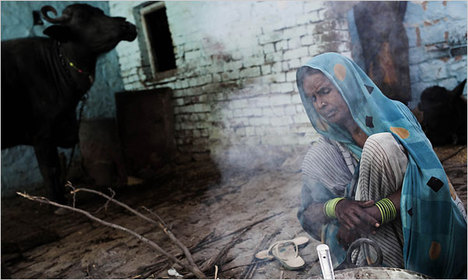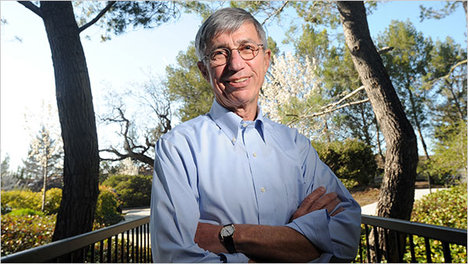(p. 149) When Borgenicht came home at night to his children, he may have been tired and poor and overwhelmed, but he was alive. He was his own boss. He was responsible for his own decisions and direction. His work was complex: it engaged his mind and imagination. And in his work, there was a relationship between effort and reward: the longer he and Regina stayed up at night sewing aprons, the more money they made the next day on the streets.
Those three things — autonomy, complexity, and a connection between effort and reward–are, most people agree, the three qualities that work has to have if it is to be satisfying. It is not how much money we make (p. 150) that ultimately makes us happy between nine and five. It’s whether our work fulfills us. If I offered you a choice between being an architect for $75,000 a year and working in a tollbooth every day for the rest of your life for $100,000 a year, which would you take? I’m guessing the former, because there is complexity, autonomy, and a relationship between effort and reward in doing creative work, and that’s worth more to most of us than money.
Work that fulfills those three criteria is meaningful. Being a teacher is meaningful. Being a physician is meaningful. So is being an entrepreneur, and the miracle of the garment industry–as cutthroat and grim as it was–was that it allowed people like the Borgenichts, just off the boat, to find something meaningful to do as well.”” When Louis Borgenicht came home after first seeing that child’s apron, he danced a jig. He hadn’t sold anything yet. He was still penniless and desperate, and he knew that to make something of his idea was going to require years of backbreaking
labor. But he was ecstatic, because the prospect of those endless years of hard labor did not seem like a burden to him. Bill Gates had that same feeling when he first sat down at the keyboard at Lakeside. And the Beatles didn’t recoil in horror when they were told they had to play eight hours a night, seven days a week. They jumped at the chance. Hard work is a prison sentence only if it does not have meaning. Once it does, it becomes the kind of thing that makes you grab your wife around the waist and dance a jig.
Source:
Gladwell, Malcolm. Outliers: The Story of Success. New York, NY: Little, Brown, and Co., 2008.
(Note: italics in original.)









